One of Bath’s most famous and instantly recognisable locations, No.1 Royal Crescent has a fascinating history, going back to the mid 18th century. We asked the team at Bath Preservation Trust to tell us more about this iconic Bath building.
No. 1 Royal Crescent was built between 1767 and 1772 and was the first house to be completed in the Royal Crescent. The façade of the iconic Royal Crescent was designed by Bath architects John Wood the Elder and John Wood the Younger.
The shape of the Royal Crescent and the Circus architecturally complement each other, as the two buildings look like a crescent moon and sun from above.
Did you know? The architectural planning specifications of the facade had to be adhered to but the interiors and rears of the houses could be designed however the builders pleased! So, behind the beautiful symmetry and the 114 ionic columns, each house is uniquely designed.
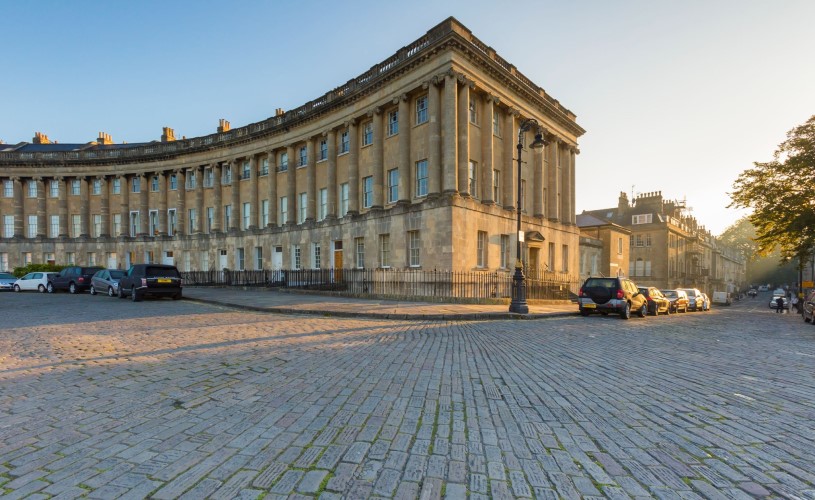
Image: No.1 Royal Crescent
All of the 30 houses in the terrace benefitted from private gardens, stables and coach houses, with the exception of No. 1 which featured an additional servants’ quarters wing. Upon its completion in 1775, the Royal Crescent was the first crescent-shaped terrace in Europe.
A famous Crescent and famous faces
The houses in the Royal Crescent were rented out for the winter months at the height of the Georgian era, as the winter seasons in Bath were the social seasons. A great many parties, dinners and ‘salons’ were enjoyed in the building, as wealthy people came from across the country to Bath to mingle with their fellow members of high society. The Royal Crescent was the most fashionable place to stay, with an exterior designed to emulate the majesty and grandeur of the country houses many of these wealthy families resided in the rest of the year.
Although originally designed as rental properties, it is believed that the houses would be let out on a longer lease to people of rank. This reasoning would certainly make sense for No. 1’s first known tenant from 1776 to 1796 Henry Sandford, an Irish landowner and former MP. Sandford’s neighbours included a host of notable people. One neighbour who caught Sandford’s attention, in particular, was Alicia McCartney. Sandford recorded in his commonplace book that she hosted wild parties at her residence at No. 30 which frequently got out of hand!
A celebrated social reformer and patron of the arts, Mrs Elizabeth Montagu wished to reside on the Royal Crescent as well, but initially after finding out none were available she wrote: ‘To my great mortification, there was not a house to be got there when I came, so I was obliged to content myself with one in the Circus’. Later she had better luck and moved to the centre house of the Royal Crescent, No. 16, where she regularly held her ‘salons,’ hosting poets, statesmen, writers and more.
Did you know? The Royal Crescent is believed to have gained its Royal title after being favoured by Frederick, Duke of York and son of King George III, who briefly stayed at No. 1, and later bought and regularly resided at No. 16 the during the 1790s.
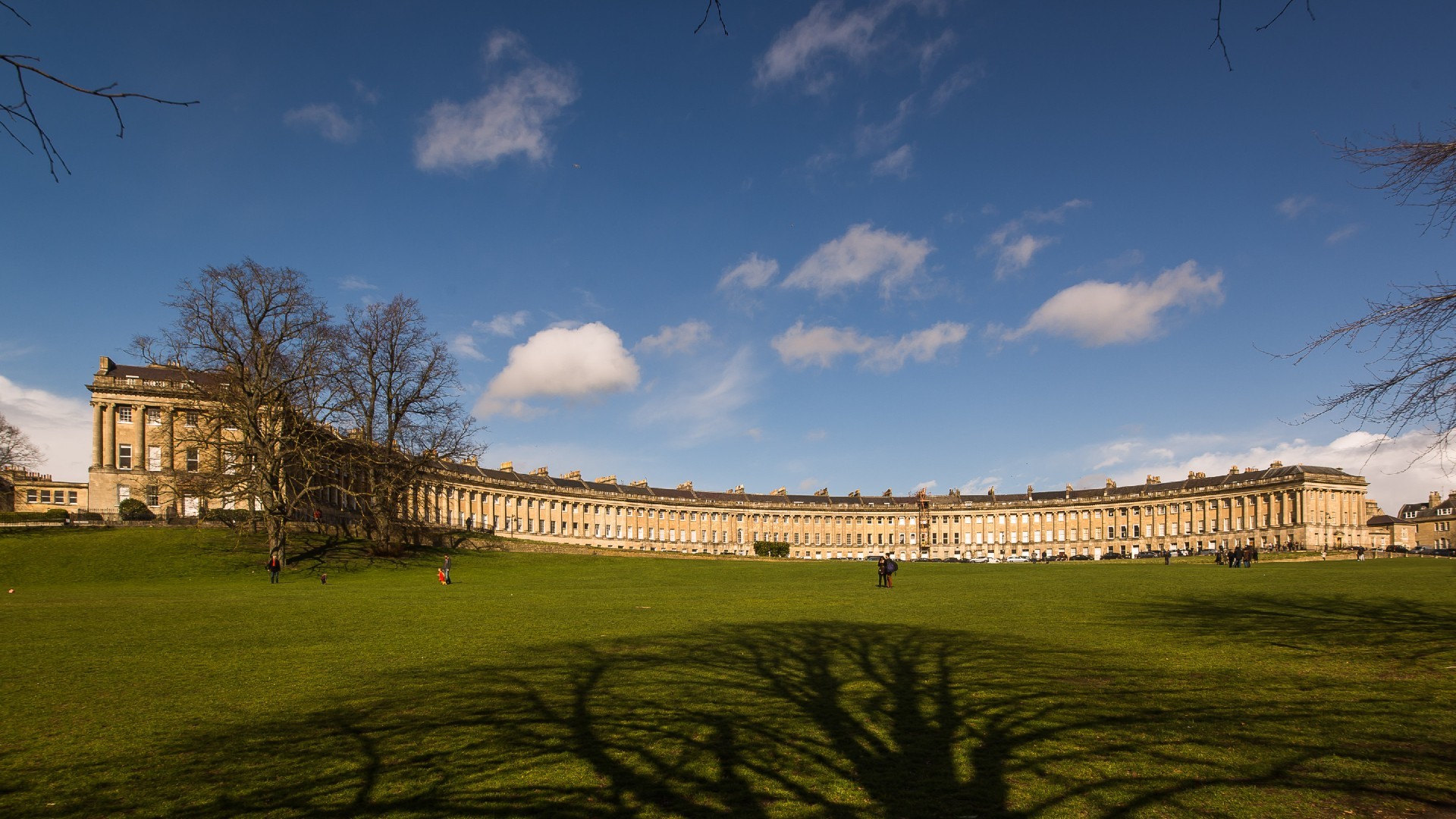
Image: The Royal Crescent
No.1 Royal Crescent and Bath Preservation Trust
Bath Preservation Trust was established in 1934 to campaign for the protection of Bath’s historic buildings. This mission became especially important during the 1960s and 1970s, when Bath’s historic buildings were at risk of destruction due to large-scale development projects.
In 1968, Bernard Cayzer, a member of a wealthy shipping family, bought No.1 Royal Crescent. Cayzer, a keen supporter of BPT’s mission and work, donated the property to BPT to transition into an historic house museum and use as the Trust’s headquarters. Extensive restoration work, also funded by Cayzer, was necessary for the house to be converted into a museum.
Cayzer remained passionate about the project and chaired the house committee which oversaw the internal refit and decoration. Accompanying Cayzer on the committee were specialists of many areas: restorer of Georgian buildings Philip Jebb; gifted interior designer Jean Monro; and the then Keeper of Furniture and Woodwork at V&A Museum in London Peter Thornton.
When the museum opened on 20th June 1970, five rooms were open to the public: the dining room, library, ante room, withdrawing room and one bedroom. The upper two floors of the house were residential flats and the basement housed Bath Preservation Trust’s offices.
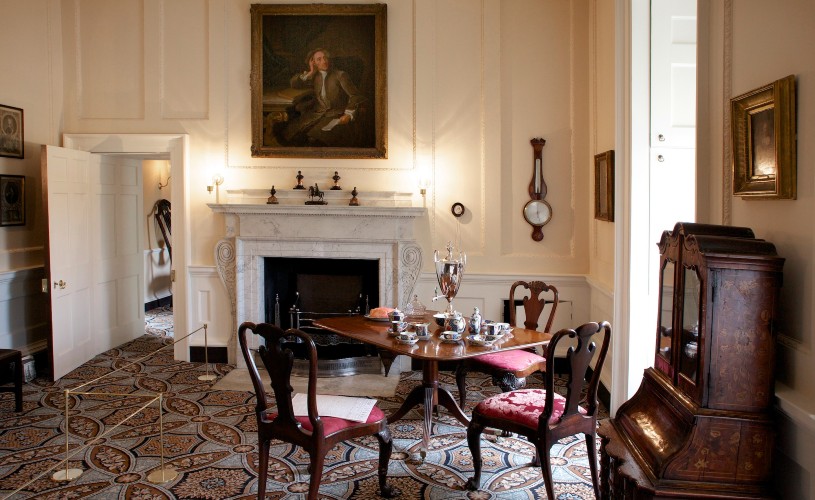
Image: No.1 Royal Crescent
The house reunited
When Cayzer bought the main house in 1968, the service wing was sold as a separate property: No. 1a. In 2006, the Brownsword Charitable Foundation generously purchased No. 1a for BPT and contributed towards its renovation. The plan was to extend the museum by recombining the two properties.
Initial renovations for “The Whole Story Project” began in January 2012. These works involved major reconstruction to No.1a and refurbishment of No.1, which meant the entire collection was carefully packed away and moved off-site. Museum rooms underwent significant redecoration including new carpets and wallpaper produced in eighteenth-century designs. The museum, completed with its now reunited smaller half, opened to the public again on 21 June 2013.
Today No. 1a comprises of the museum gift shop, the museum kitchen and scullery and the Andrew Brownsword Gallery.
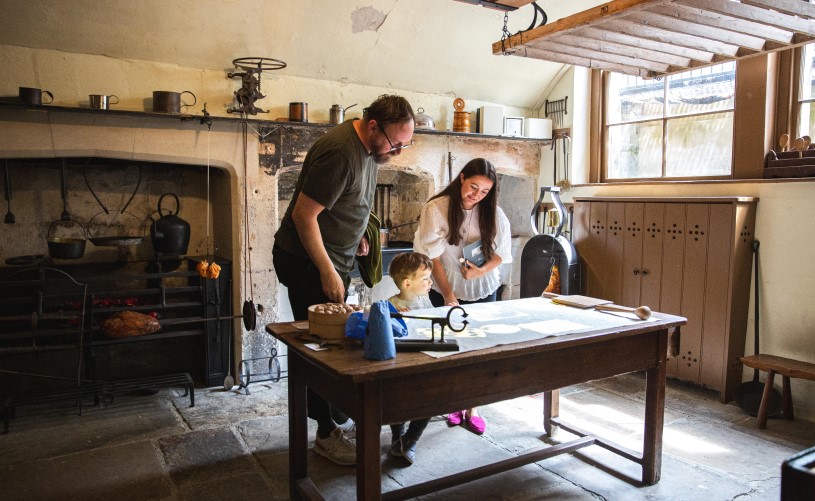
Image: Kitchen at No.1 Royal Crescent
No. 1 Royal Crescent as we know it today
A bustling museum popular with tourists, locals and filming crews across genres and time periods, No. 1 provides insight into the rich history of the iconic Royal Crescent.
The museum features an audio-visual experience that brings history to life as you step through time and experience a day in the life of a Georgian family and their servants who are here for the season staying in the most fashionable place in the city. Following the characters as they keep to their important appointments and brilliant balls, you’ll find yourself becoming immersed in the house’s rich history.
No.1 Royal Crescent is open Tuesday to Sunday, 10am to 5pm. Tickets can be purchased through their website.
Read more:
- Five Fascinating Facts about the Royal Crescent
- More about Bath's Architecture
- Filming locations in Bath
- Bath's Historic Sites
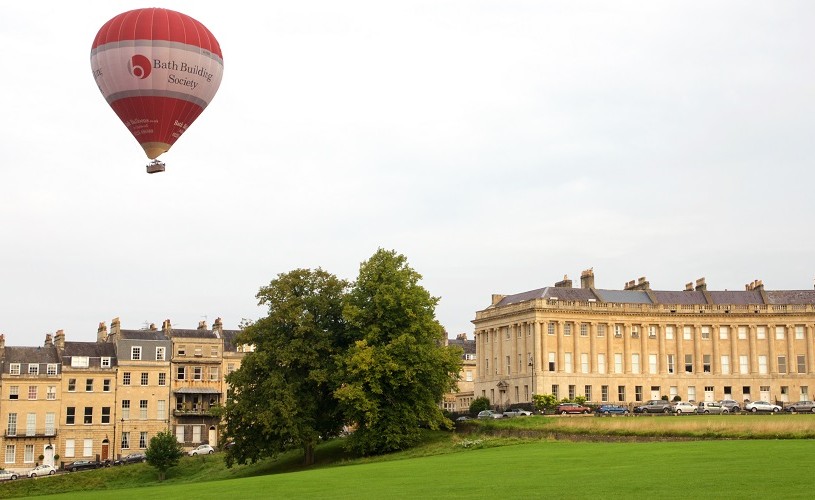
Related
Comments
Comments are disabled for this post.






